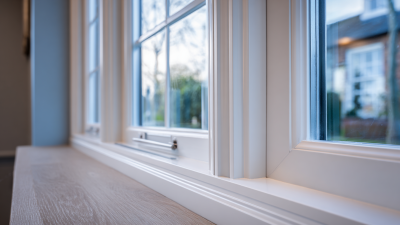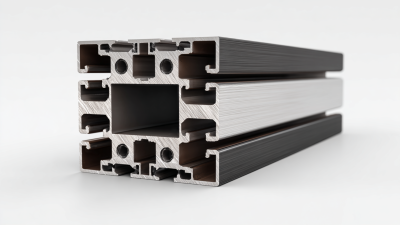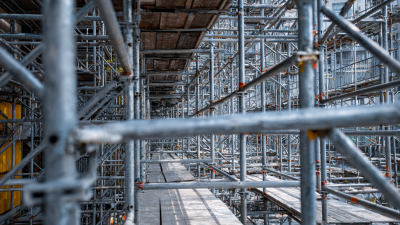The importance of energy efficiency in building design has never been more crucial, with the U.S. Department of Energy estimating that windows account for approximately 25-30% of residential heating and cooling energy use. Choosing the best insulated casement window profiles is vital for improving energy performance and indoor comfort. Recent studies reveal that upgrading to high-performance insulated windows can reduce energy bills by up to 15%, making them a cost-effective solution over time. Additionally, insulated casement window profiles are known for their superior airtightness and thermal performance, often surpassing the efficiency of traditional window designs. As homeowners and builders increasingly prioritize sustainability, understanding the features and benefits of insulated casement window profiles becomes essential in making informed decisions that enhance both environmental and financial outcomes.
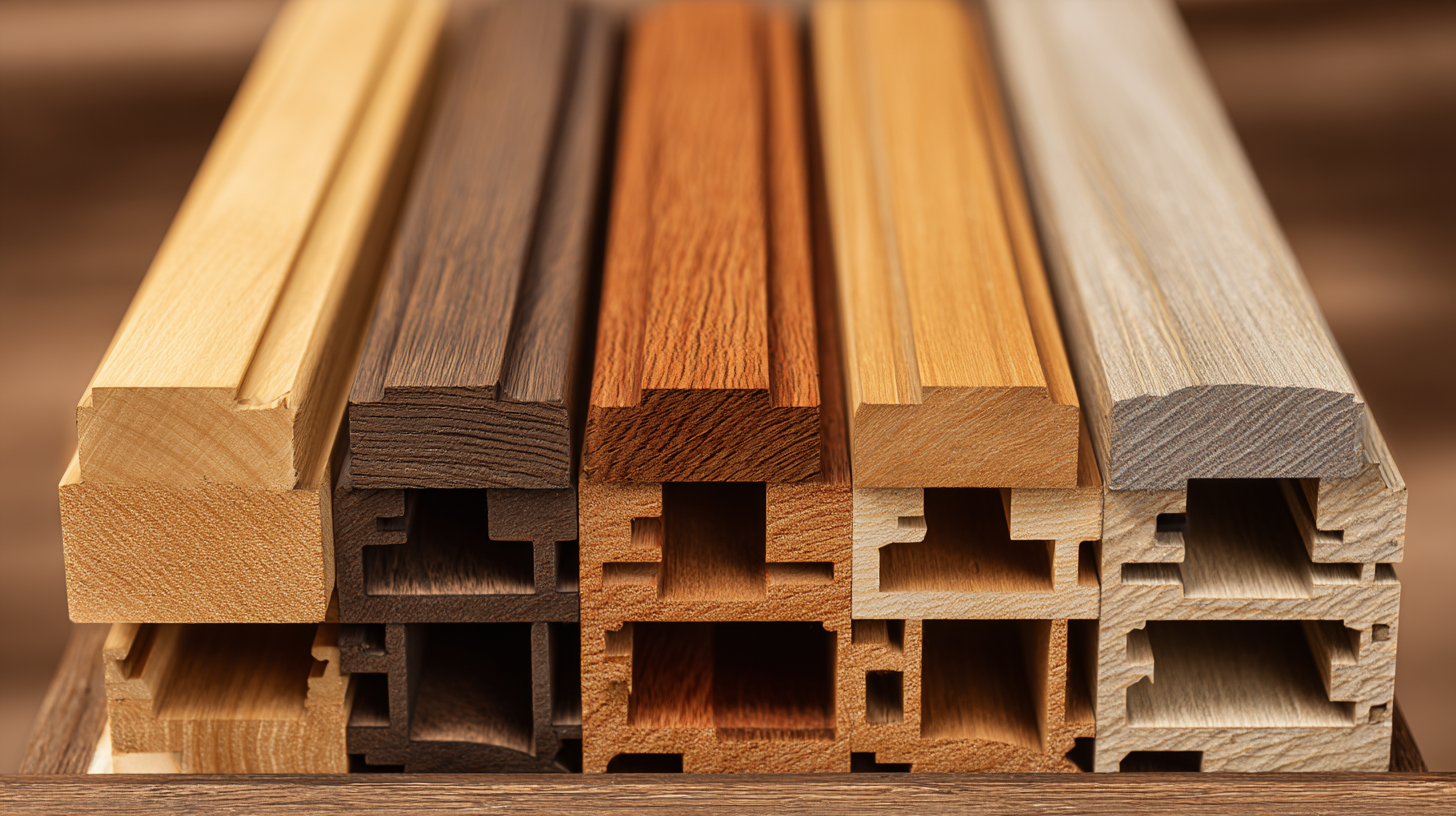
When selecting insulated casement window profiles, it's essential to consider materials that enhance energy efficiency and comfort in your home. Here are the top five energy-efficient materials to consider for your insulated casement windows: vinyl, fiberglass, wood-clad, aluminum with thermal breaks, and composite materials. Each material offers unique benefits in terms of durability, insulation properties, and aesthetic appeal.
Vinyl windows are popular due to their excellent thermal performance and low maintenance. They resist fading and warping, ensuring long-lasting energy efficiency. Fiberglass is another outstanding option, providing superior insulation levels and a sleek, modern look. For homeowners who prefer the charm of wood, wood-clad windows combine the aesthetic of natural wood with the durability of other materials, offering great insulation benefits. Aluminum frames with thermal breaks can also be a viable choice, as they prevent heat transfer and condensation while being structurally sound.
Tip: When choosing your windows, consider the local climate and your home’s architectural style. Opt for energy-efficient glazing options, such as low-E coatings, to further enhance their performance. Additionally, always check for certifications like Energy Star to ensure your windows meet energy efficiency standards, which can lead to substantial savings on energy bills over time.
| Material Type | Thermal Performance (U-Value) | Durability | Maintenance Level | Cost Effectiveness |
|---|---|---|---|---|
| Fiberglass | 0.17 - 0.25 | Excellent | Low | High |
| Vinyl | 0.20 - 0.30 | Good | Very Low | Medium |
| Wood | 0.25 - 0.35 | Good | Medium | Medium |
| Aluminum with Thermal Break | 0.30 - 0.40 | Fair | Low | High |
| Composite | 0.18 - 0.28 | Very Good | Medium | Medium to High |
When selecting insulated casement window profiles, it’s essential to focus on features that significantly enhance comfort. One of the most critical aspects is thermal performance. Quality insulated windows provide superior energy efficiency by minimizing heat loss during cold months and keeping homes cool in the summer. This balance ensures that indoor temperatures remain stable, offering a more pleasant living environment and reducing the energy required for heating and cooling.
Another key feature to consider is the ability to control ventilation. Well-designed casement windows allow for easy opening and closing, enabling homeowners to enjoy fresh air while maintaining thermal insulation. This aspect is particularly important in regions that experience extreme weather conditions, where maintaining indoor air quality and comfort can be challenging. Lastly, sound insulation plays a vital role in comfort enhancement; effective casement window profiles can significantly reduce noise from outside, creating a serene indoor atmosphere essential for relaxation and productivity.

When selecting the right insulated casement window profile, it's essential to consider the material, as it plays a critical role in energy efficiency. Vinyl and fiberglass frames are excellent options due to their superior insulation properties compared to traditional wood frames. They tend to resist warping and provide better thermal performance, helping to maintain comfortable indoor temperatures regardless of the weather outside.
Another important factor is the glazing type. Double or triple-glazed windows with low-emissivity (Low-E) coatings can significantly reduce heat transfer. These coatings reflect infrared energy, keeping your home warmer in the winter and cooler in the summer. Additionally, consider the window's gas fill, such as argon or krypton, which enhances thermal insulation. Lastly, ensure that the window meets local energy efficiency standards to ensure optimal performance and comfort in your living space.
When selecting casement windows, avoiding common pitfalls is essential for achieving optimal energy efficiency and comfort. One prevalent mistake is disregarding the importance of U-factor ratings. According to the National Fenestration Rating Council (NFRC), a lower U-factor indicates better insulation properties. Homeowners should aim for windows with a U-factor below 0.30 to enhance thermal performance significantly.
Another frequent oversight is neglecting frame materials. Vinyl, fiberglass, and wood-clad options each have unique insulating properties. An industry report from the American Architectural Manufacturers Association (AAMA) highlights that fiberglass frames can provide up to 15% better insulation compared to traditional vinyl frames. This choice directly impacts not only energy costs but also overall comfort within the home.
Tip: When exploring options, pay attention to the gas fills used in insulated windows. Argon and krypton gas are effective at reducing heat transfer, offering additional savings on heating and cooling bills. Also, remember to inquire about the warranties associated with your chosen windows to ensure long-term performance and satisfaction.
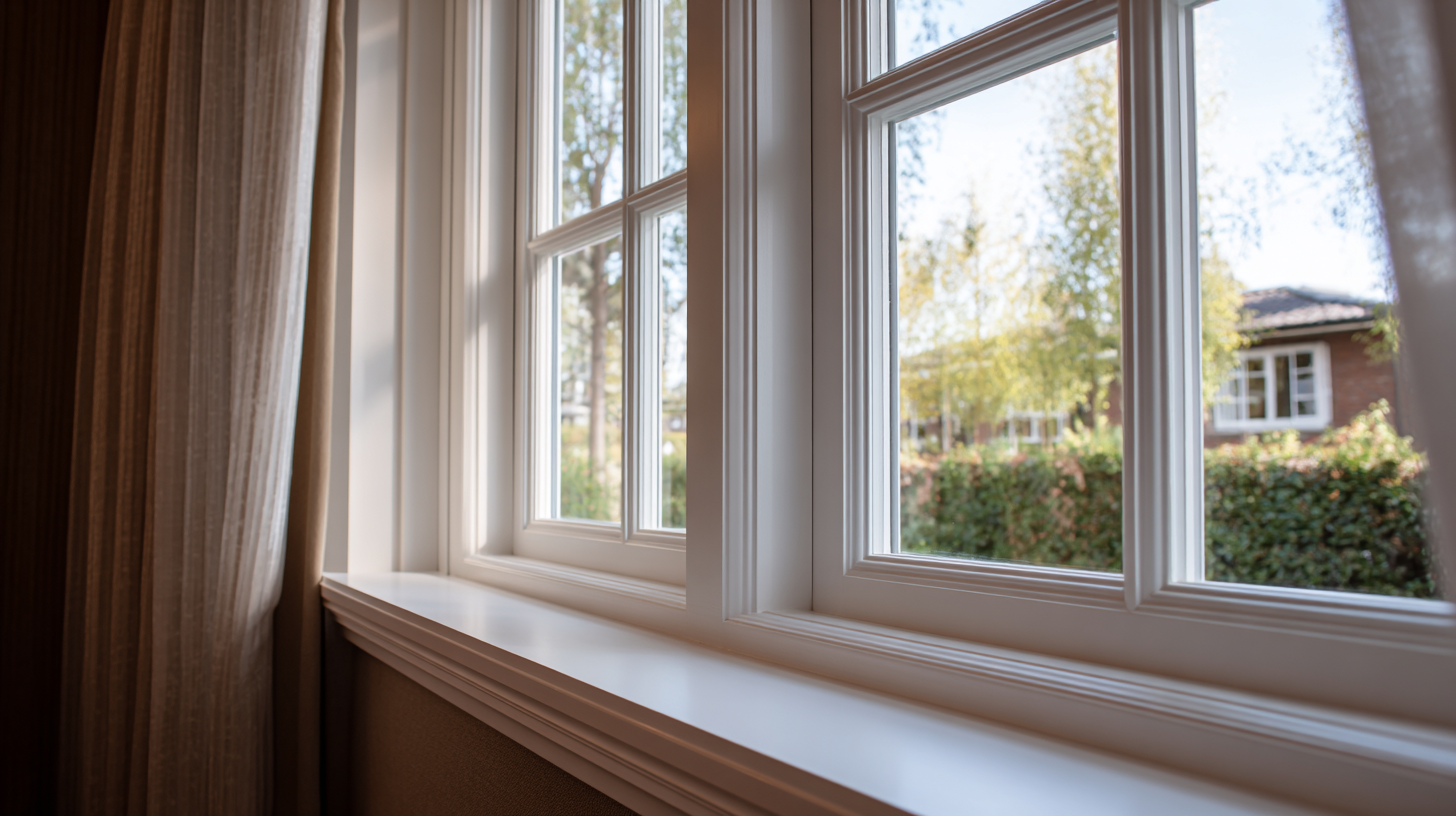
When it comes to enhancing your home’s energy efficiency, casement windows stand out as an excellent choice. Their design allows for a tighter seal than traditional double-hung windows, minimizing air leaks. According to the U.S. Department of Energy, energy-efficient windows can reduce energy bills by 10%-25%, highlighting the importance of choosing the right profile for your casement windows.
One effective way to improve energy efficiency is by selecting insulated profiles that offer a high R-value. The R-value measures thermal resistance, and windows with R-values of 5 or higher are considered highly effective at preventing heat transfer. Look for casement windows with advanced insulating materials, such as vinyl or fiberglass, which provide superior thermal performance and moisture resistance.
Tip: To further enhance comfort and energy efficiency, consider installing low-emissivity (Low-E) glass, which reflects heat back into the home during winter and blocks excessive heat during summer. Additionally, ensure proper installation to prevent air leakage. Small gaps can lead to significant energy losses, with studies showing that poorly sealed windows can decrease energy efficiency by up to 30%. By paying attention to these details, you can maximize the benefits of your casement window upgrade, enjoying both comfort and cost savings in the long run.


